Kaloko-Honokōhau National Historical Park
To survive in a hot and arid environment the native Hawaiians (kanaka maoli) used ancient fishing skills, including the building of fishponds, and the knowledge of the location of precious fresh water (wai) that flows into the many brackish pools throughout the park. The spirit of the people (poe) and the knowledge of the elders (kupuna) created a tradition of respect and reverence for this area.
Kaloko-Honokōhau National Historical Park is located on the west coast of the island of Hawai'i, approximately 3 miles south of the Keahole International Airport (Kailua-Kona AIrport) and 3 miles north of the town of Kailua-Kona, on the ocean side of Highway 19. The visitor center, Hale Ho'okipa, is located half a mile north of the entrance to Honokōhau Harbor. The Kaloko road gate is located across the highway from the Kaloko New Industrial Park (across from the big yellow "Kona Trade Center" building).
- Arts and Culture
- Biking
- Fishing
- Saltwater Fishing
- Guided Tours
- Self-Guided Tours - Walking
- Hiking
- Front-Country Hiking
- Junior Ranger Program
- Wildlife Watching
- Birdwatching
- Park Film
- Shopping
- Bookstore and Park Store
- Animals
- Birds
Kaloko Fishpond
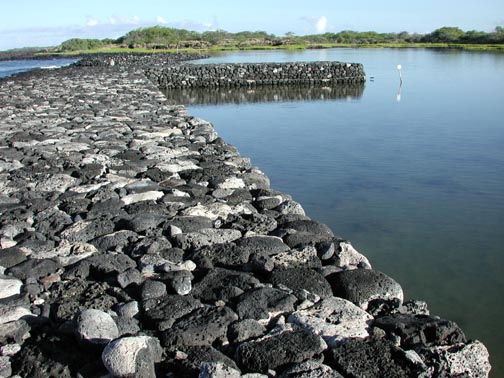
Kaloko Fishpond is the largest walled fishpond in the state (800 ft. long)
Ai'opio fishtrap
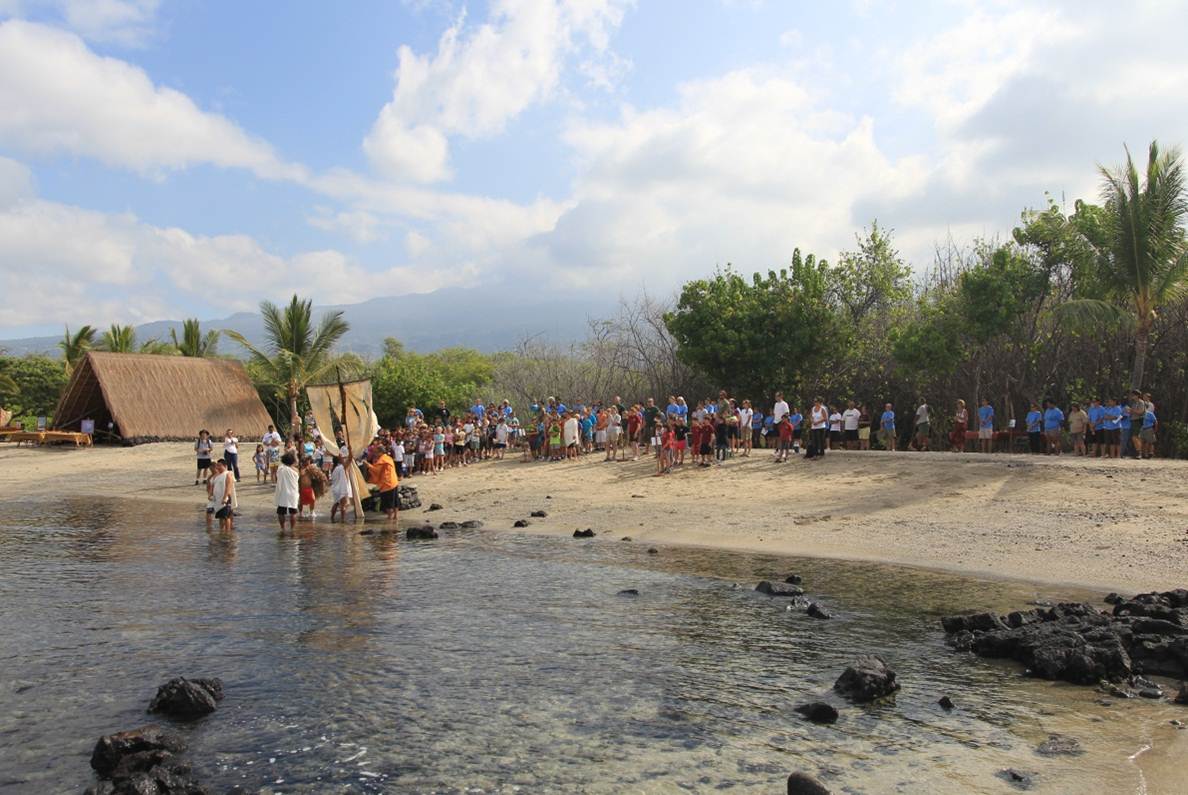
Ai'opio fishtrap is on the south boundary of the park and is used frequently by visitors and for special events (annual children's cultural festival shown).
pu'uoina heiau
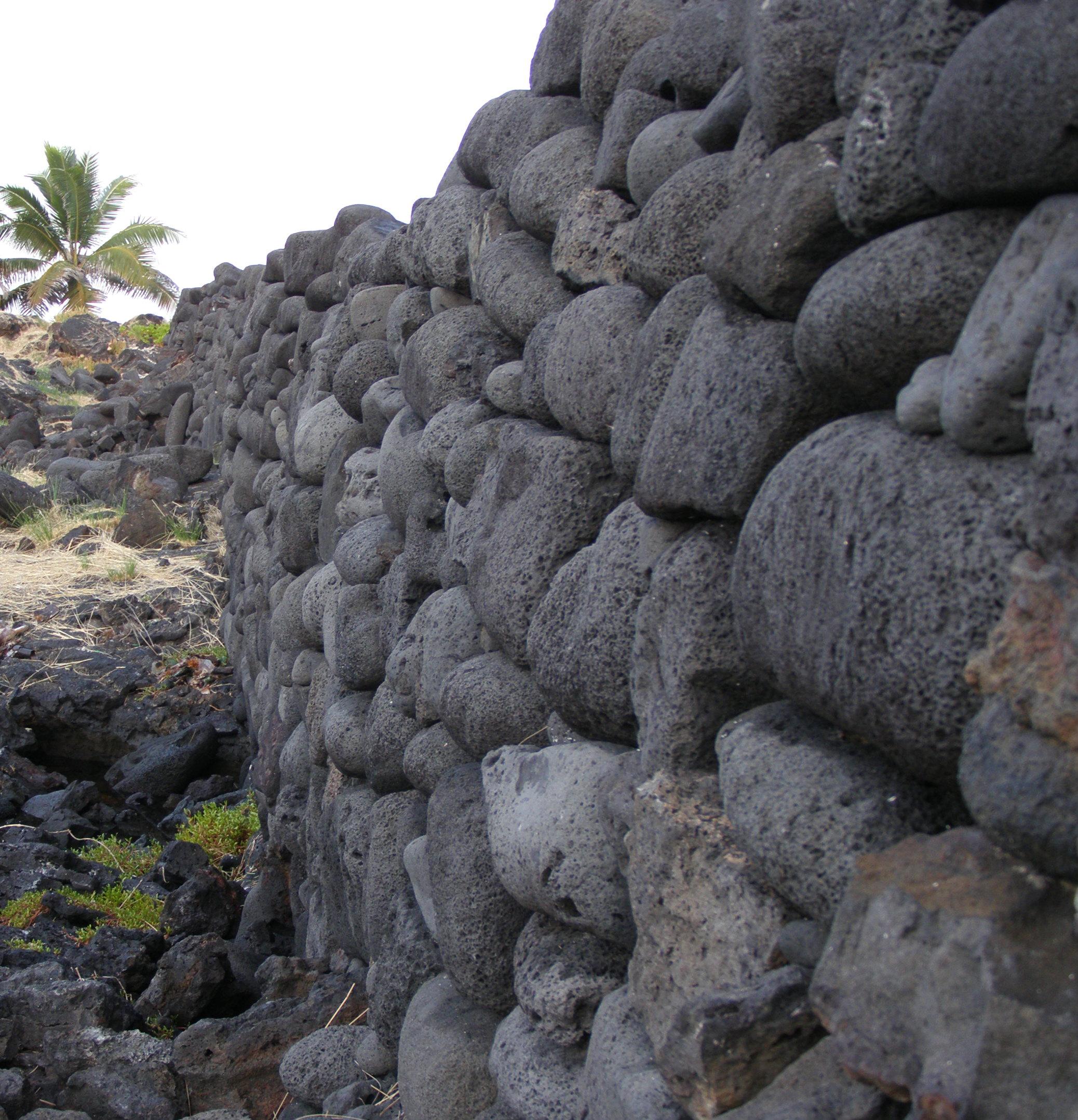
Great skill was needed to build rock walls
Kids working at station for Archeology game
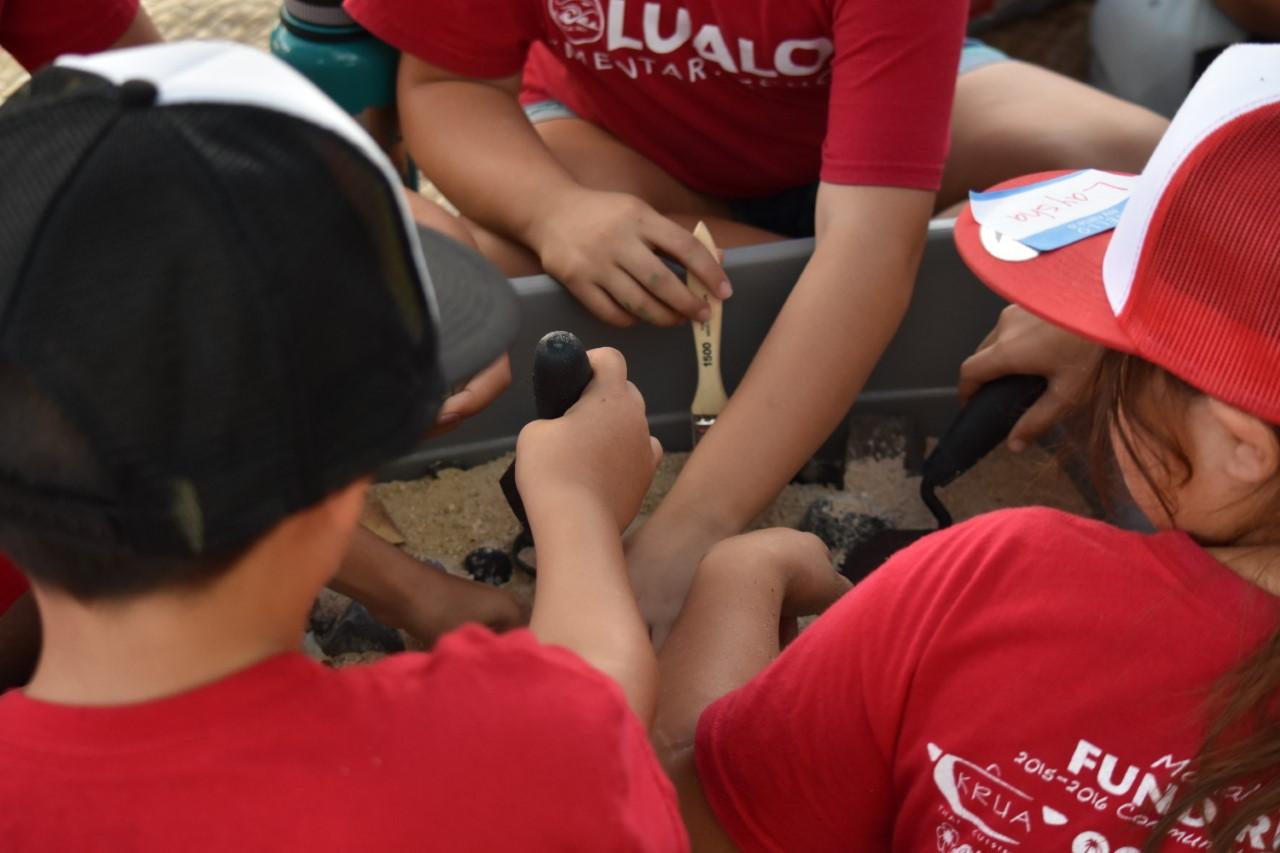
Fourth graders at Park's Cultural Festival
Plant activity for fourth graders at Park's Cultural Festival
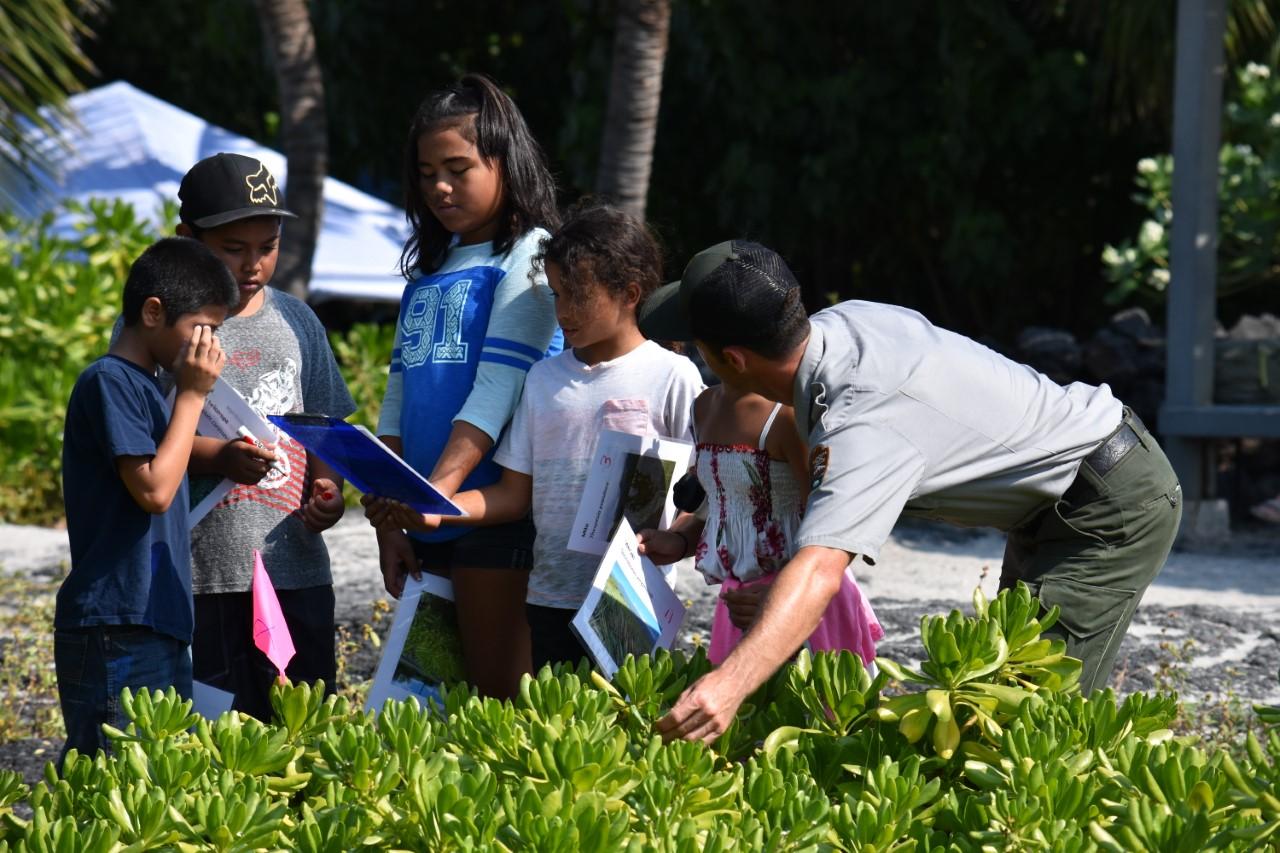
Fourth Graders learn about native plants at the park
Hands in Craft
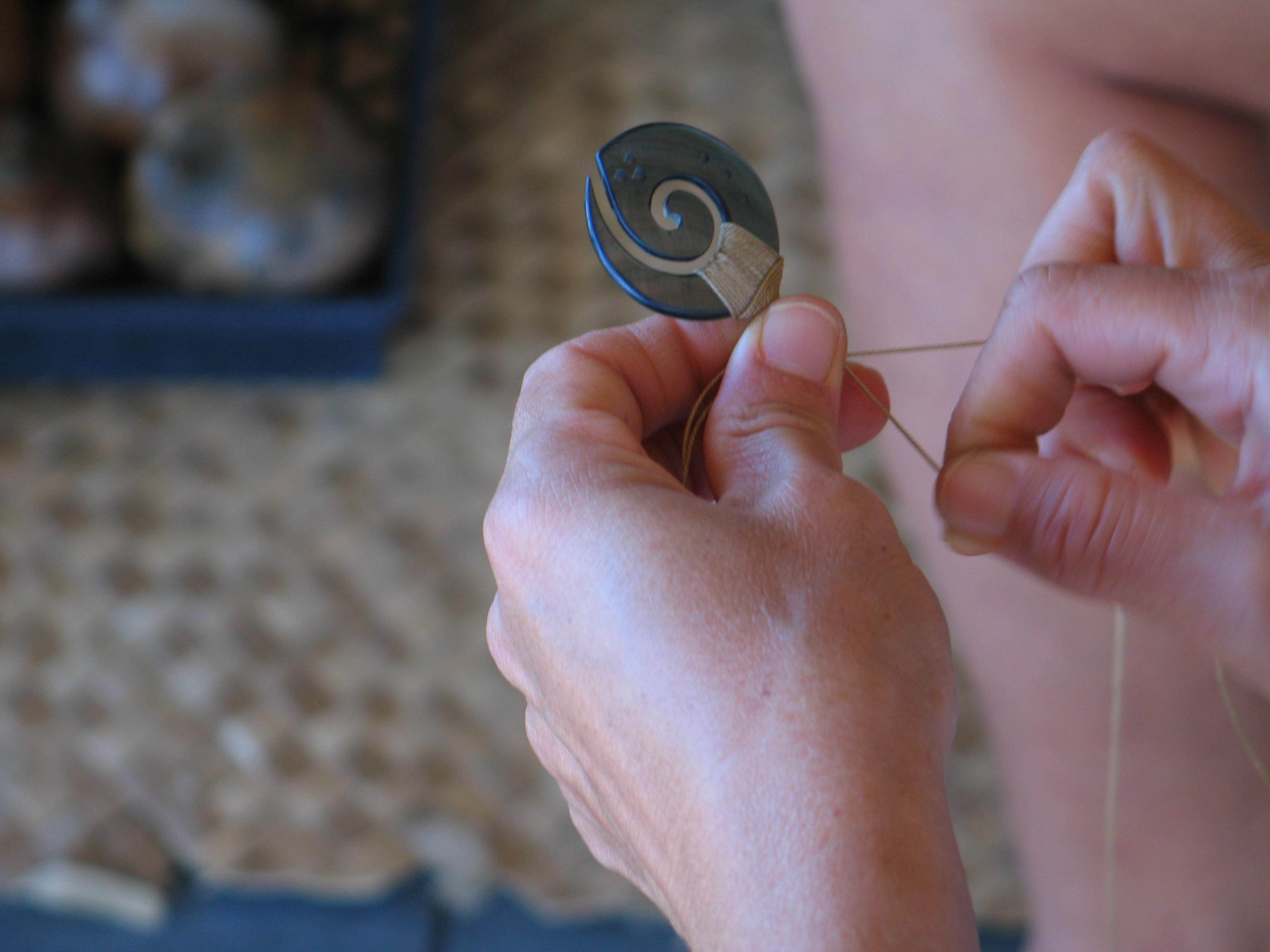
The detail of a Hawaiian artist
Entrance to Petroglyph Boardwalk
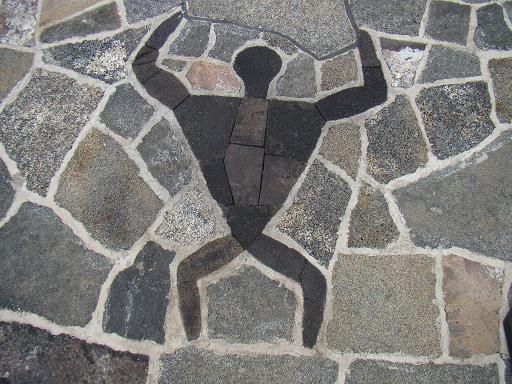
When you visit the Petroglyphs in the park you'll see this image in modern stone!
Ho'okupu
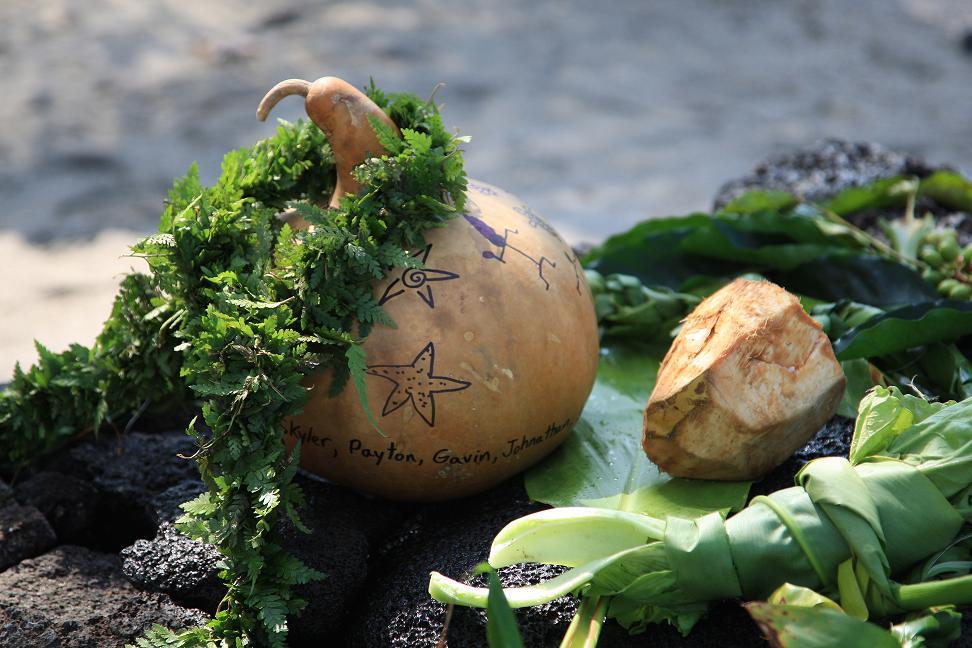
Offering during the time of Makahiki